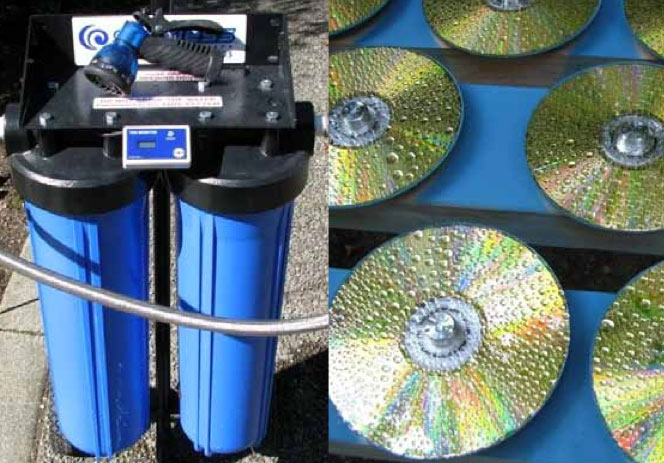Mythical Disc Flavors
I have to finish my latest round of myth busting posts with a final look at a couple of “formats” that First Impression Music promotes as breakthrough products. I know Winston Ma through the various trade shows that we’ve attended together and I like him. But I can’t get behind charging $150 for a single CD-R copy of one of his releases. FIM is not alone in dreaming up names, logos and branding filled with techno-babble intended to impress and confuse uninformed consumers, but they are charging a lot of money for products that are merely well done standard definition CDs (shouldn’t everyone produce CDs up to the specification?).
They have a format called “The Ultimate Disc (UD) Series, which they state represents a premium, “handcrafted” product. These are “enhanced” standard resolution compact discs (44.1 kHz sampling rate and 16-bit linear words). They come in two versions. You can get one of “The Collector’s Edition UDC” discs or “Direct-from-Master Edition UDM” discs.
Figure 1 – Ultimate Discs receiving their RCC treatment.
The Collector’s Edition variety are made on 24 Karat gold CD-R that have checked to produce less than 10 “block errors” over the span of the disc. They are treated with a special “resonance control” coating and individually numbered. They will duplicate only 1000 copies using Plextor CD burners that have juiced up power supplies. And they’re going to cost you $50 each for a CD-R of a standard resolution CD.
Figure 2 – De-ionizing process for CD-Rs.
For an additional $100, you can get your hands on an Ultimate Disc Master or UDM. These are also 24 Karat Gold CD-R with even fewer block rate errors (block rates are automatically detected and repaired on standard CD-Rs so there’s no advantage to have 10 vs. 3 vs. 100 of these minor transfer errors). You also get the RCC (Resonance Control Coating). The discs come with a certificate showing the low error rate. The discs are “handcrafted” because they are copied directly from the hard drive and thus are “the ultimate quality a consumer can buy”. These discs are literally a “second master” and require the purchaser to submit a subscription form for approval by the company.
In reality, both format are simply well done CD-Rs.
I spent a lot of time doing fine woodworking. I think I understand the meaning of the word “handcrafted”. When I spent days cutting a series of large dovetail joints for a glass topped coffee table or countless hours sanding and finishing a complex double mitered ebony jewelry box, I believe I was handcrafting in that medium. So I have a little problem when someone uses the term to describe plugging a hard drive into a computer, inserting a CD-R in the burner drawer and clicking the “COPY” button on a computer screen. Just what part of this process is considered handcrafted?
The fact is that burned CD-Rs or DVD-Rs or BD-Rs are more likely to suffer errors over time than replicated discs makes me wonder why anyone would prefer a duplicated disc? Recordable disc don’t have pits, they have area of a special dye that is burned away in a disc recorder during the burning process.
Here’s how a disc works. The optical pickup in your player shoots a beam of focused, coherent laser light at a specific area of an optical disc. On the disc is a stream of mirror-like reflective areas interspersed with long and short concave pits. The pits can be read and interpreted as digital ones and zeros according to the PCM methodology. If the laser light picked up by the optical sensor in the player is a focused direct reflection of the original beam it, registers that as one state. If instead the beam was shot into one of the pits the reflection is diffuse and unfocused and doesn’t get detected by the optical sensor in the pickup. This is the second state. Now we have the two states, the ones and zeros, of the binary system used in digital coding.
PCM or Pulse Code Modulation tracks the changes from one state to another according to a regular clock signal. If there is a change from one state to another at a clock cycle then the pickup outputs a one and if there is no change (as would be the case with a long pit), the output is a zero.
There is no middle ground. The light is either coming directly back (mirrored) or it’s not. Two states. This process is not affected by RF (radio frequencies) in the proximity of the pickup, it is not affected by magnetism or static charges (the last time I checked aluminum and gold are non magnetic), it is not affected by the edges of a disc being slightly less than perfectly round or any other of the “so-called” problems.
The discs deliver the ones and zeros in a steady stream of data to the optical pickup. These are reclocked to minimize jitter and output to a DAC or passed digitally on to the next component in the chain. End of story.



